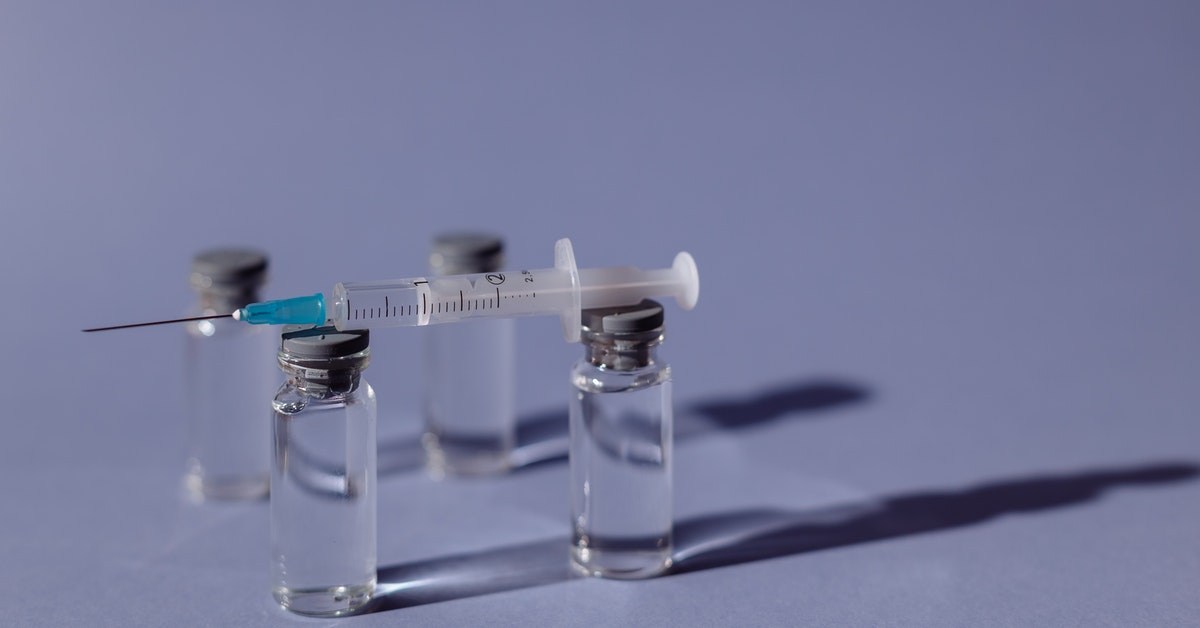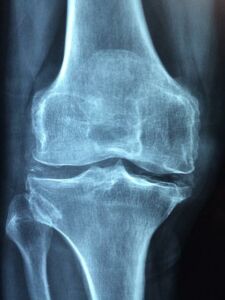
If you’ve ever experienced a musculoskeletal injury, you are probably familiar with cortisone shots. They were first used in 1949 to help patients with severe rheumatoid arthritis. Cortisone shots are still widely used today. They are effective for pain-caused by inflammation in a specific area, like an injured joint. Even though they are a good treatment for some conditions, they don’t work for every problem, and long-term use can cause side effects. Luckily, the science of injectable treatments has come a long way since 1949. Several options are now available to aid the body’s healing processes and even replace vital chemicals lost in the aging process. Here are three ways new injectables are helping people with muscle and joint pain.

1. Safe Alternatives to Opioids
It’s no secret that opioids have been overprescribed and have caused harm to thousands of Americans. Now that stricter prescribing guidelines are in place, doctors need better ways to help patients experiencing pain. Sometimes oral NSAIDs like Advil, Aspirin, or Tylenol aren’t enough. Injectable pain medications can have a more substantial effect. Sarapin and Toradol (also called Ketorolac) are two commonly used injectable pain medications.
Sarapin is a natural painkiller derived from the pitcher plant. It’s FDA approved and one of the safest treatments available. Sarapin works by stopping pain signals without affecting other nerve functions. It also encourages the body’s healing processes and can speed up the healing of damaged nerves and tissues. Sarapin can be injected anywhere in the body. Unlike steroid shots, there’s no limit on the number of injections a patient can receive in a year.
Toradol is an NSAID like ibuprofen (Advil) and Aspirin. Like other NSAIDs, it treats inflammation and relieves pain. The side effect profile is similar to its oral counterparts, and it shouldn’t be taken by people on blood thinners or those with bleeding disorders. Outside of those considerations, it’s safe for most people. Toradol can be used for both joint and muscle pain. It’s useful for moderate to severe pain and is a good alternative to pills for people whose digestive systems can’t tolerate NSAIDs.
Both Sarapin and Toradol are used to treat short-term pain–pain caused by an acute injury that is expected to heal. Sarapin is also effective for sciatica pain, along with other treatments.
2. Better Healing with PRP Injections
PRP stands for platelet-rich plasma. It’s one of the most exciting breakthroughs in injectable treatments. Joints are often slow to heal because they don’t have a good blood supply. Without robust blood flow, they cannot access the specialized cells and chemicals that trigger and progress the healing process. This makes them susceptible to degeneration and long-term inflammation.
PRP is made from the patient’s own blood. The provider takes a blood sample and processes it in a centrifuge to separate the red blood cells from the platelets and plasma. Then, they mix the platelets with a small amount of plasma and inject it into the joint. Platelets are specialized cells that play a key role in the healing process. By bringing these cells to the sore, inflamed area, we can jump-start healing, reduce inflammation and relieve pain.
PRP is very safe because the patient is injected with their own platelets and plasma. It’s used primarily in knee joints and muscle and tendon injuries (but may be used in other joints in the future). It’s especially effective for rotator cuff problems and arthritis of the knee. Since PRP assists with natural healing, it can take a few weeks for the patient to begin feeling the effects. Once it starts working, symptoms will continue to improve for several months, and pain relief can last for a year or more. Patients treated for acute injuries that can heal completely may only need three initial PRP injections (given a couple of weeks apart). Those with chronic conditions like arthritis may need a yearly booster shot to maintain results. Studies show that PRP can slow joint degeneration in people with knee osteoarthritis and improve pain, stiffness, and range of motion.
3. Hyaluronic Acid Injections for Joint Relubrication
You may have heard of hyaluronic acid (HA) from skincare commercials, but it’s much more than a skin plumper. Our bodies naturally produce HA. It absorbs water and keeps the skin plump and tissues and joints lubricated. Young bodies produce more HA than older bodies, which is one of the reasons joint issues are more common as we age.
Joints are lubricated by synovial fluid, and hyaluronic acid is its main ingredient. Synovial fluid functions similarly to motor oil in an engine. As it becomes thinner (lacking in HA), it no longer lubricates as well, and friction begins to take a toll. HA also coats nerves within joints and reduces inflammation. Basically, it’s the worst enemy of osteoarthritis. By injecting HA into a joint, we can recreate the environment of a younger, healthier joint and stop friction from causing inflammation and cartilage damage.
HA is most commonly used to treat arthritis of the knee. Like PRP, it begins a natural process and takes a few weeks to work. After it kicks in, patients feel significant relief from pain and stiffness. HA is safe and FDA-approved for the treatment of osteoarthritis.
By itself, HA can relieve pain and inflammation and slow joint degeneration, but when used along with PRP, the results are magnified. Using both together helps to lubricate the joint and heal existing damage. This double treatment is one of the most effective (and safest) treatments for osteoarthritis.
Injections For Joint Pain in Houston
At Vanguard Spine and Sport, our providers are experienced with injectable treatments and will recommend the best treatment for you. Schedule a consultation today to find out if joint injections can relieve your pain.



